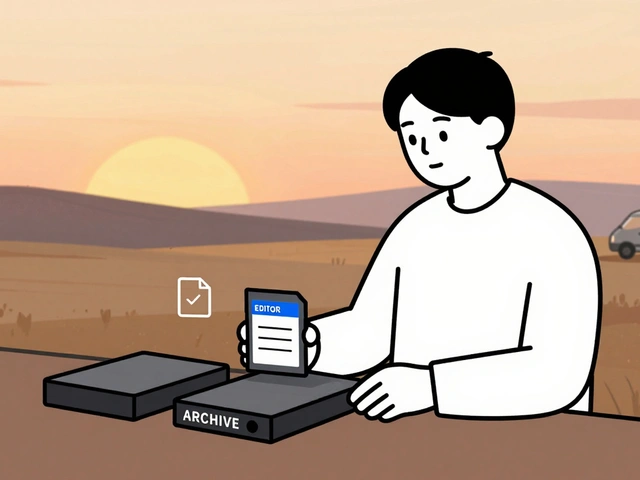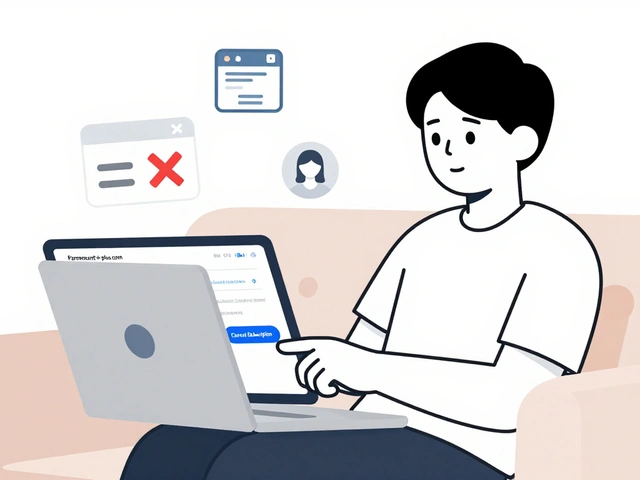Streaming Profiles: Optimize Your Watch Experience Across Platforms
When you sign into a streaming service like Netflix or Disney+, you’re not just logging in—you’re stepping into a streaming profile, a personalized viewing space that remembers your watch history, preferences, and even the shows you started but never finished. Also known as user profiles, these are the digital fingerprints that shape what you see next. Without them, every viewer gets the same generic homepage, cluttered with content meant for someone else. A streaming profile keeps your recommendations sharp, hides spoilers from kids or partners, and lets you pick up right where you left off—even if you’re on a different device.
Streaming profiles aren’t just for separating your horror binge from your kid’s cartoon marathon. They’re built to adapt. Services like Netflix, Hulu, and Apple TV+ track what you watch, how long you pause, and even when you skip intros. That data feeds into algorithms that learn your taste. But here’s the catch: if you share an account with five people and use just one profile, those algorithms get confused. You end up with anime suggestions while you’re trying to find the latest true crime doc. That’s why creating separate streaming profiles, individual accounts tied to one user within a shared subscription. Also known as personal profiles, they help services serve you better matters. Each profile can have its own avatar, language settings, maturity filters, and watchlist. And if you’ve ever gotten a recommendation that felt eerily accurate? That’s your profile doing its job.
But managing profiles isn’t just about adding more—it’s about cleaning up. Many people forget they have five profiles on their Netflix account, three of them unused since 2020. Unused profiles clutter the login screen, slow down selection, and waste the platform’s ability to give you good suggestions. You can rename them, delete them, or even lock them with a PIN. Some services let you set profile-specific parental controls, so your teen’s profile can access R-rated films while your toddler’s stays locked to G-rated content. And if you’re sharing a plan with family, setting up clear profiles is the only way to avoid the "Wait, why am I seeing Stranger Things again?" moment.
Streaming profiles also tie into how services handle data. If you’re on a mobile plan with limited bandwidth, you can set a profile to always use "Data Saver" mode—something you can’t do globally across the whole account. Or if you’re trying to downgrade your plan, knowing which profiles are active helps you decide whether to cut the plan or just remove a profile. And if you’ve ever canceled a subscription, only to get a retention offer a week later? That’s often triggered by your profile’s last watched title. Your profile doesn’t just track what you watch—it tells the company you’re still interested.
Behind every great streaming experience is a well-managed profile. The best users don’t just use profiles—they curate them. They rename "Profile 1" to "Mom’s Romance Stack," delete profiles that haven’t been used in a year, and use voice commands to switch between them. In 2025, your profile is your digital TV remote. And like any tool, it only works if you take care of it.
Below, you’ll find real guides on how to organize, clean up, and get the most out of your streaming profiles—from renaming them to saving money by trimming unused ones. No fluff. Just what works.
11
Shared Family Accounts: Avoid Algorithm Mix-Ups with Kids Profiles
Learn how to set up dedicated kids profiles on streaming services to stop algorithm mix-ups and keep adult recommendations clean. Simple steps for Netflix, YouTube, Spotify, and more.
Latest Posts
Popular Posts
-
 App Layout Strategies: Organize Streaming Services by Genre and Use
App Layout Strategies: Organize Streaming Services by Genre and Use
-
 Why Subtitles Aren't Working: Fix Common Video Text Issues
Why Subtitles Aren't Working: Fix Common Video Text Issues
-
 Breakout Indies at the Box Office: How Word-of-Mouth Made These Films Blockbusters
Breakout Indies at the Box Office: How Word-of-Mouth Made These Films Blockbusters
-
 Data Management: DIT, Backups, and Archival Best Practices for Video Teams
Data Management: DIT, Backups, and Archival Best Practices for Video Teams
-
 How to Cancel Paramount+: Step-by-Step Guide
How to Cancel Paramount+: Step-by-Step Guide

